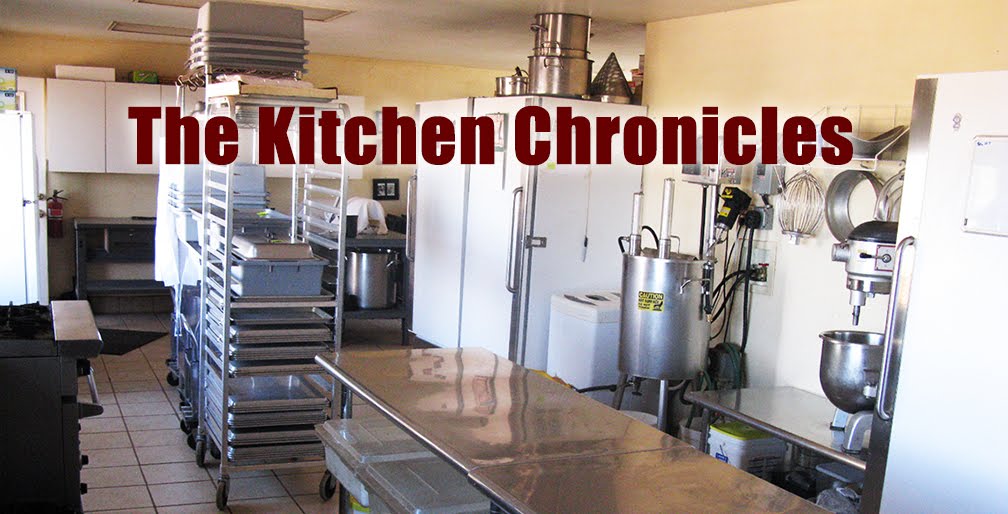After coming home from a trip to Phoenix with a bee in my bonnet
about starting a new food truck business - a FRIED CHICKEN food truck business, we both
knew we had a lot to learn to see if it was even a possibility.
It sounded like a fun idea, and we knew about running food businesses and cooking and serving professionally, but what did we really know about food trucks? It turns out - not much! All we really knew about them was that food trucks were an up-and-coming "
We knew nothing about their specific popularity in Arizona, or locally, about
regulations for them, costs, etc. I hadn't even eaten from a food truck since
my college days in Providence, RI in the 1970s, where Haven Brothers was the go-to spot for the late-night crowds.
So we immersed ourselves in the Internet as a start. We
joined food truck discussion groups. We collected food truck web sites. We
trolled food truck chats. We bought several (actual paper)
books about food trucking. We spoke with the few food truckers we could
find in the area. Yes, we even watched the movie "Chef"
(finding it highly unlikely, despite our naïve state) and traveled
across the state to attend food truck festivals. We learned a lot about
food trucking - and liked what we learned.
Next, it was time to explore the world of Fried Chicken
Food Trucks.
 |
| Oops, this truck is now out of business! |
There are plenty of trucks that serve wings, tenders, boneless
breast sandwiches, or "pregurgitated
Why is that? Was the market just not there? Was there some barrier to making fried chicken on a truck? Or... was this a great opportunity for us to fill a need?
It turns out that the main barriers are space, timing, weight,
and cost. Conventional deep frying techniques can't keep up with peak
demand without having a huge bank of fryers going all the time (no room
for that on most trucks). Then you have to balance keeping the fried
chicken as fresh as possible
Could the solution be as simple as a piece of equipment??
We learned that quick-serve fried chicken specialty restaurants almost
universally use highly specialized, very expensive, computer-controlled, and
VERY heavy pressure deep fryers. Invented and originally patented
by Harland David "Colonel" Sanders of KFC fame himself, these
fryers allow them to produce super-moist, perfectly crisp fried chicken in
large batches, in about 9 minutes!
 |
Pressure-Fryer. Price: $13,000,
48# oil capacity, empty weight: 640
chicken
capacity: 14 lbs. |
Unfortunately for us, pressure fryers and food trucks are not a
great match. Ignoring the price (which is about 20 times that
of a conventional deep fryer), the size and weight both make it a tough sell
for the cramped quarters of a mobile kitchen. We could not see
ourselves going this route.
Another dissuader? When KFC, world-renowned for their on-the-bone fried chicken and originators of the pressure fryer, opened their first food truck, they opted to offer just chicken breast patty sandwiches, not whole pieces. Who are we to argue?
Yes, there are a few successful real fried chicken trucks out there working every day, and more power to them! But, from everything we could learn, their methods would not work for the truck and the venues we were envisioning.
So. Where does that leave us? Time to re-



